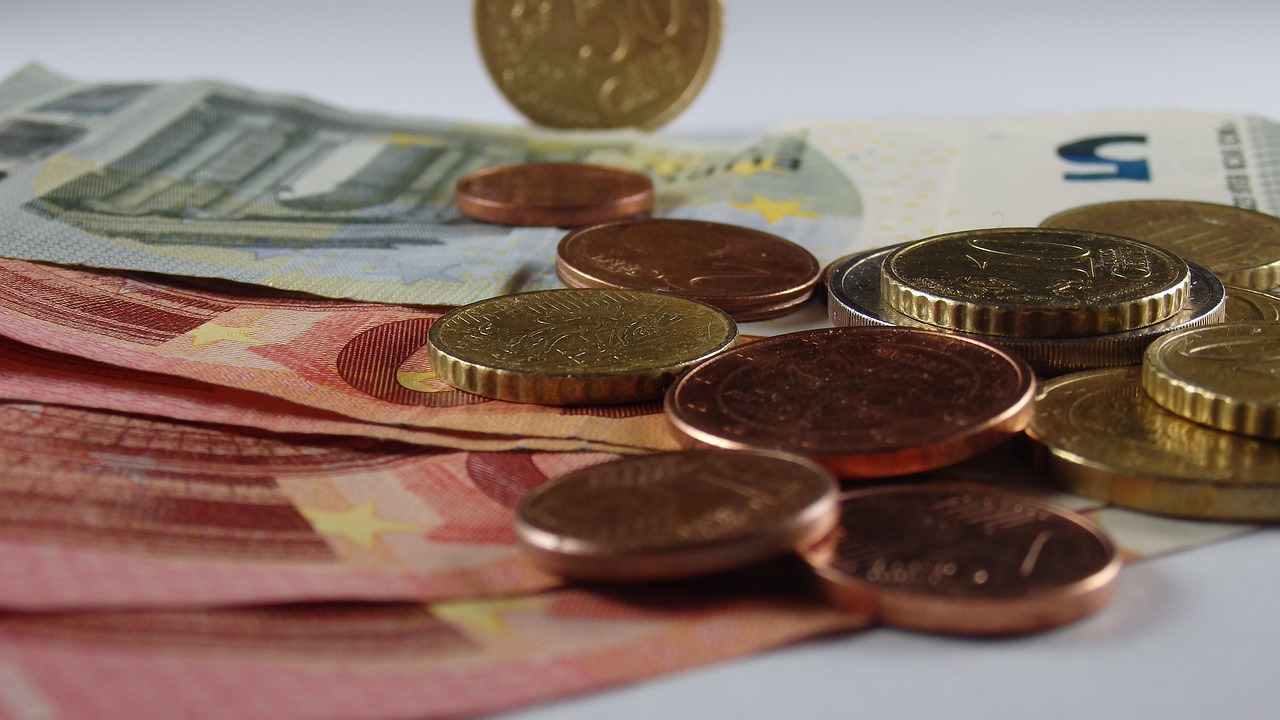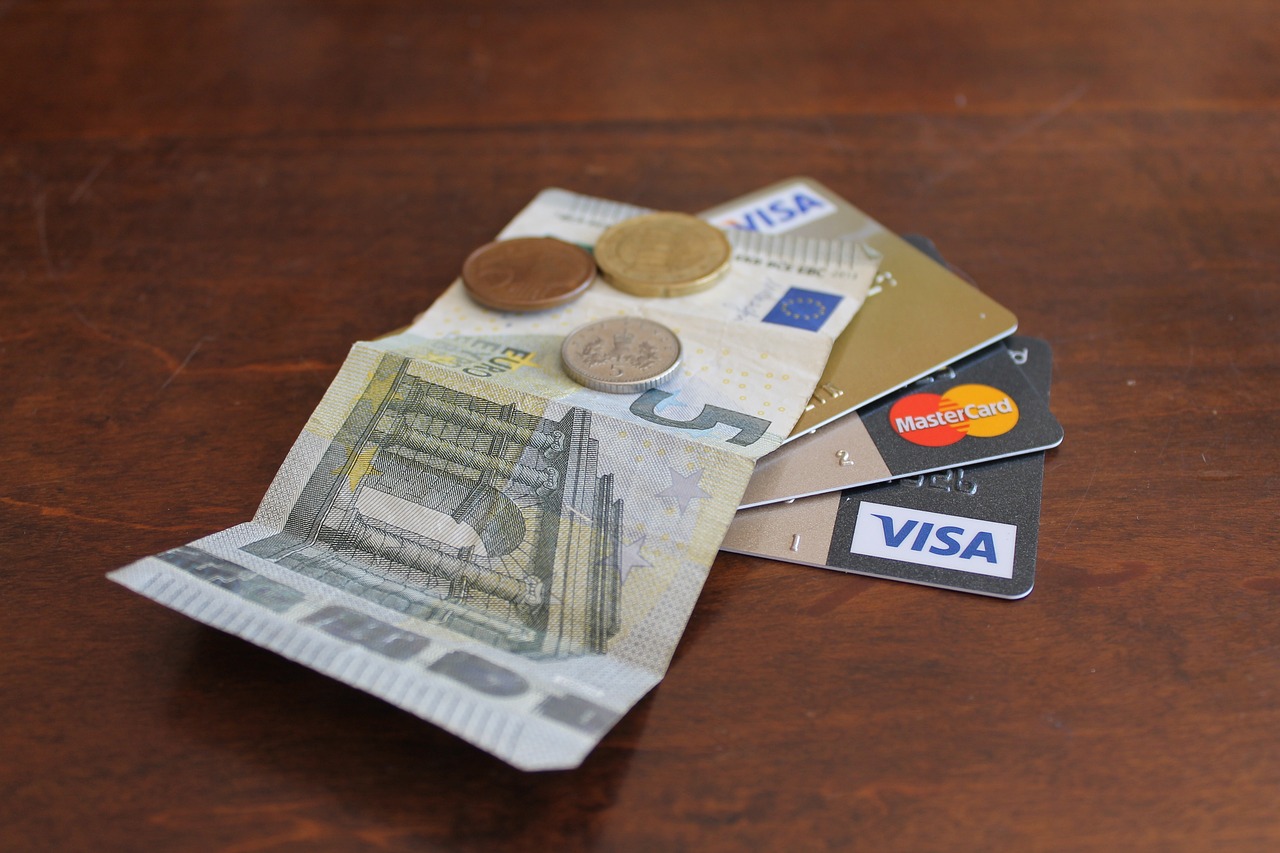USD to AED Exchange Rate: Key Factors, Transfer Methods, and Economic Impacts
GPT_Global - 2025-11-02 23:30:59.0 12
Can I negotiate the USD to AED exchange rate at a local exchange service?
When sending money abroad, especially to countries like the UAE, understanding the exchange rate between USD and AED is crucial. A common question among remittance customers is whether they can negotiate the exchange rate at a local exchange service.
In general, exchange rates at local remittance services are set by the provider and typically cannot be negotiated. These rates are based on the current market value, and providers add a margin to ensure profitability. However, some services might offer promotions or discounts, especially for large transfers.
If you are sending a significant amount of money, it may be worthwhile to shop around and compare rates from different providers. Some exchange services may provide better rates for loyal customers or during specific promotional periods. Additionally, online remittance platforms may offer more competitive exchange rates than brick-and-mortar services.
To maximize your transfer value, always check for hidden fees, as these can significantly impact the final amount received. By staying informed and comparing different options, you can make the most out of your remittance services.

How does the US economy affect the USD to AED conversion rate?
The US economy plays a significant role in determining the conversion rate between the US Dollar (USD) and the UAE Dirham (AED). As the world’s largest economy, economic conditions in the United States can influence global currency markets, including the value of the USD. Strong economic growth in the US generally leads to a stronger dollar, which can increase the value of the USD relative to the AED. Conversely, economic challenges in the US, such as a recession, can weaken the dollar, impacting the conversion rate negatively.
For businesses in the remittance industry, fluctuations in the USD to AED exchange rate are crucial. A stronger USD means that recipients in the UAE receive more value for the same amount of money sent from the US. Conversely, a weaker dollar can decrease the value of remittances, affecting the financial well-being of families relying on these transfers.
Additionally, factors like interest rates, inflation, and trade balances in the US can further influence the exchange rate. Remittance companies must stay informed about these economic trends to offer competitive rates and help customers maximize the value of their transfers.
What’s the best way to transfer USD to AED from abroad?
```htmlWhen sending money from abroad to the UAE, transferring USD to AED efficiently is crucial for both senders and recipients. There are several options available to ensure quick, cost-effective transfers. One popular method is using international money transfer services, such as Western Union or MoneyGram, which offer reliable services to convert USD to AED with relatively low fees.
Another option is using digital wallets or remittance platforms like Wise (formerly TransferWise), PayPal, or Revolut. These platforms often offer competitive exchange rates and lower fees compared to traditional bank transfers. With Wise, for example, transfers are made at real-time exchange rates, and recipients can receive funds directly into their bank account in AED.
If you are looking for a more traditional approach, bank transfers can still be effective. However, these transfers often come with higher fees and slower processing times. It’s essential to compare rates and fees to ensure you get the best deal when transferring USD to AED from abroad.
In conclusion, choosing the best transfer method depends on the transfer speed, fees, and convenience. Digital platforms like Wise or PayPal offer a good balance of low costs and fast transfers, making them excellent choices for many users sending money to the UAE.
```Does the USD to AED conversion rate vary during holidays in the UAE?
When it comes to remitting money internationally, one common question is whether currency exchange rates fluctuate during holidays, particularly in the UAE. The USD to AED conversion rate can indeed experience variations, although not always directly tied to holiday periods. However, certain factors like changes in market activity or global economic events can influence the rate.
During national holidays in the UAE, such as Eid or New Year, local financial institutions might operate with limited hours, affecting how quickly exchanges can occur. This can lead to slight delays in transactions, but it doesn’t typically cause dramatic changes in the exchange rate itself. Global markets, however, may still be active, meaning the USD to AED conversion rate could fluctuate based on international demand and geopolitical factors.
For individuals using remittance services, it’s important to monitor exchange rates closely around holidays. Remittance businesses often offer competitive rates, but the timing of transactions can play a key role in getting the best value. By planning ahead and keeping an eye on currency movements, you can make smarter decisions when sending money abroad, even during festive seasons.
How does the strength of the US dollar impact tourism in the UAE?
```htmlThe strength of the US dollar plays a significant role in shaping tourism trends in the UAE, with direct implications for businesses in sectors like remittance. When the US dollar strengthens against the UAE dirham, it can make travel more affordable for American tourists. This boost in tourism leads to increased demand for various services, including remittance, as travelers often need to send money back home or to family members while abroad.
As more tourists visit the UAE, especially from dollar-pegged economies, remittance businesses benefit from higher transaction volumes. Americans, in particular, are more likely to use remittance services to manage their funds during their stay or after returning home. This demand creates opportunities for remittance providers to offer competitive rates and faster transfer services.
On the flip side, a weaker US dollar can lead to a drop in American visitors to the UAE, potentially decreasing remittance transactions. As a result, remittance businesses in the region must stay agile, adjusting their strategies to cater to changing economic conditions. Overall, the strength of the US dollar is an essential factor influencing both tourism and remittance business success in the UAE.
```Are there countries with better exchange rates for USD than the UAE?
The United Arab Emirates (UAE) is well known for its stable currency, the UAE Dirham (AED), which is pegged to the US Dollar (USD). However, when it comes to remittances, many people wonder if other countries offer better exchange rates for USD compared to the UAE. The truth is, while the UAE provides consistent and reliable rates, some countries may offer slightly higher conversion values depending on market fluctuations and local currency policies.
For instance, countries like the Philippines, India, and Pakistan often experience variable exchange rates due to currency movements, which can sometimes make sending money from the US or UAE more favorable. Yet, the advantage isn’t always consistent, as global market trends and economic stability can quickly influence rates.
For remittance businesses, this means staying updated on daily exchange rates and offering customers competitive pricing. Using trusted transfer platforms ensures transparency, low fees, and fast delivery—helping customers get the best value for their USD transfers, whether they’re sending money from the UAE or any other part of the world.
What is the role of the Central Bank of the UAE in setting the USD to AED exchange rate?
The Central Bank of the UAE plays a pivotal role in setting the exchange rate between the US Dollar (USD) and the UAE Dirham (AED). It maintains a pegged exchange rate system, where the AED is fixed to the USD at a rate of approximately 3.6725 AED to 1 USD. This policy helps stabilize the UAE's currency, making it predictable for businesses and remittance services.
For the remittance industry, the Central Bank’s role ensures consistent and reliable exchange rates. By managing the peg, it reduces the risks associated with currency fluctuations, making it easier for customers to send money abroad and for businesses to plan their finances. The fixed rate helps both individuals and companies avoid potential losses due to sudden shifts in currency values.
Furthermore, the Central Bank’s oversight of monetary policy ensures that the exchange rate remains stable, promoting investor confidence and economic growth. Remittance businesses rely on this stability to offer competitive exchange rates and reliable services to their customers, strengthening the UAE’s position as a hub for remittances in the region.
How does inflation in the US affect the USD to AED exchange rate?
Inflation in the United States plays a crucial role in determining the USD to AED exchange rate, directly influencing the cost of remittances. When inflation rises in the U.S., the purchasing power of the U.S. dollar weakens. This often leads the Federal Reserve to increase interest rates to control inflation, which can strengthen the USD temporarily against other currencies, including the AED. However, prolonged inflation can still cause uncertainty in exchange rates, affecting the overall remittance value.
For people sending money from the U.S. to the UAE, understanding these fluctuations is important. A stronger USD means that recipients in the UAE receive more dirhams per dollar, while a weaker USD results in fewer AEDs. Therefore, monitoring inflation trends and exchange rate movements helps senders plan transfers strategically to maximize remittance value.
Remittance businesses benefit from providing customers with transparent exchange rate updates and expert guidance. By offering real-time rates, low transfer fees, and hedging options, remittance providers can help clients protect their funds from inflation-driven volatility, ensuring faster, more secure, and cost-effective money transfers between the U.S. and the UAE.
About Panda Remit
Panda Remit is committed to providing global users with more convenient, safe, reliable, and affordable online cross-border remittance services。
International remittance services from more than 30 countries/regions around the world are now available: including Japan, Hong Kong, Europe, the United States, Australia, and other markets, and are recognized and trusted by millions of users around the world.
Visit Panda Remit Official Website or Download PandaRemit App, to learn more about remittance info.



